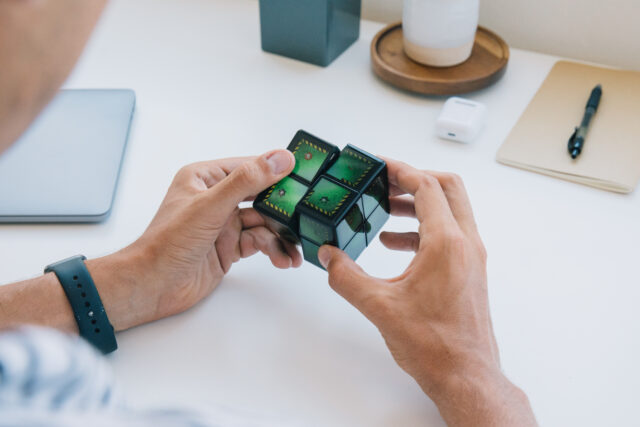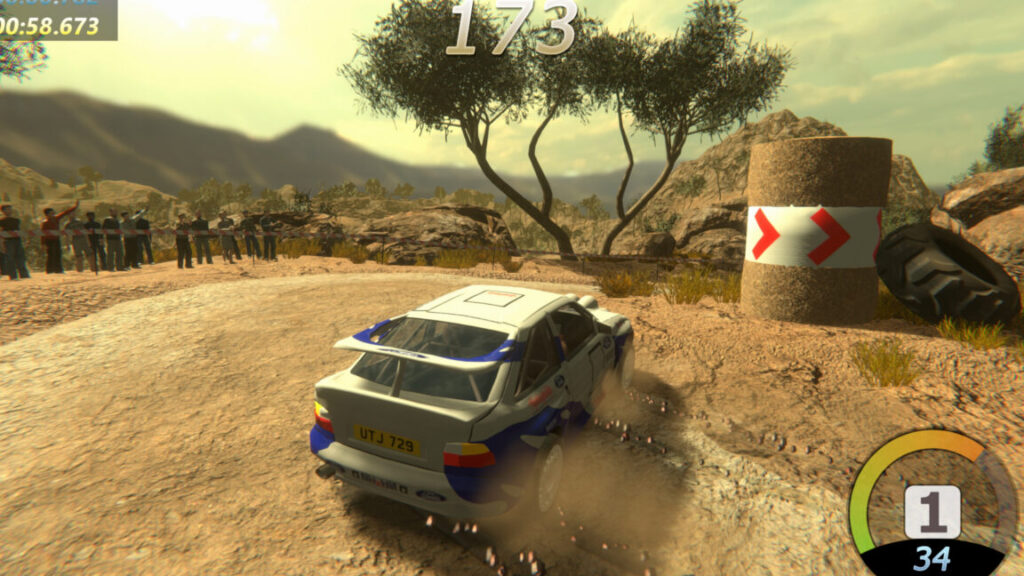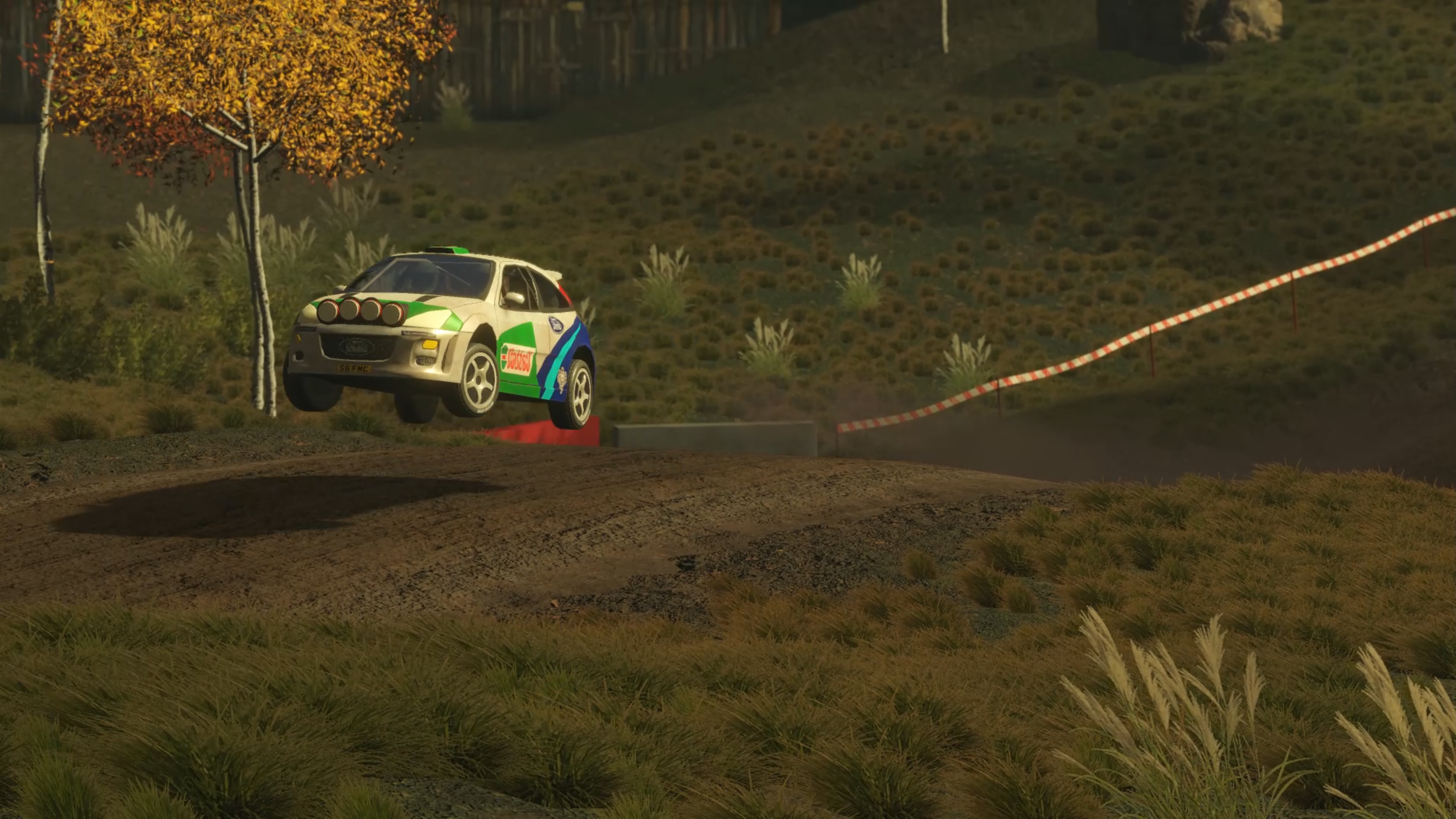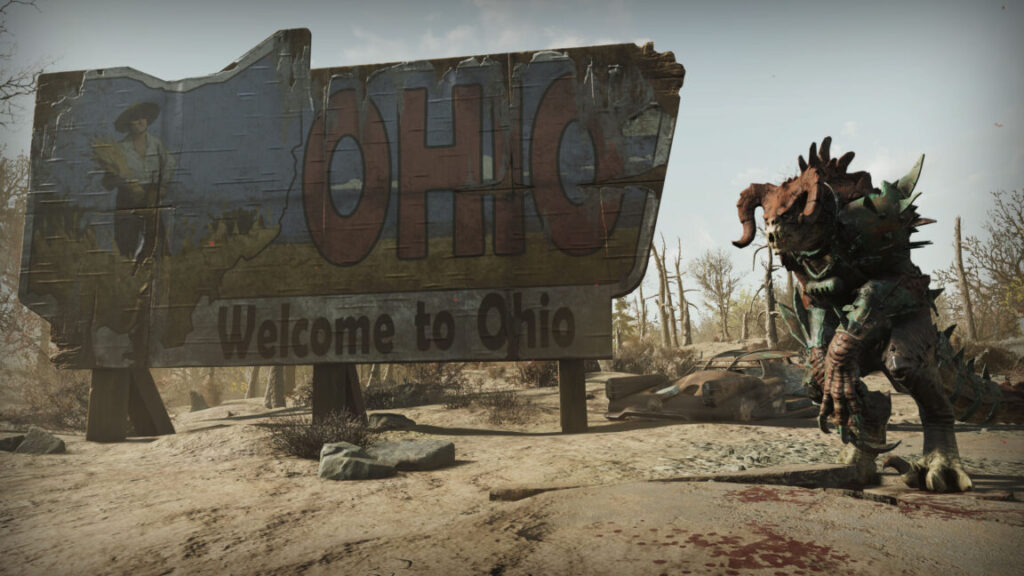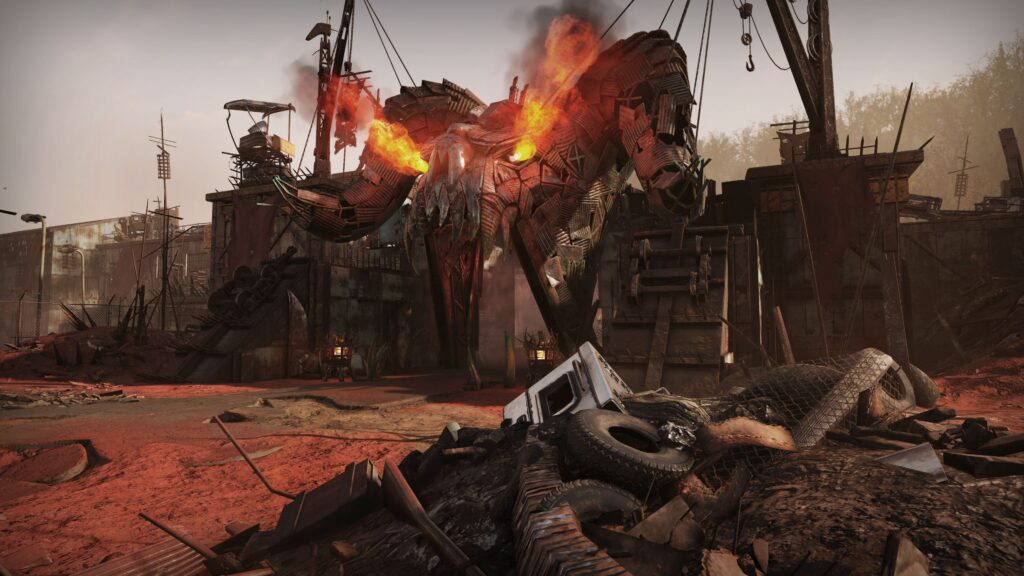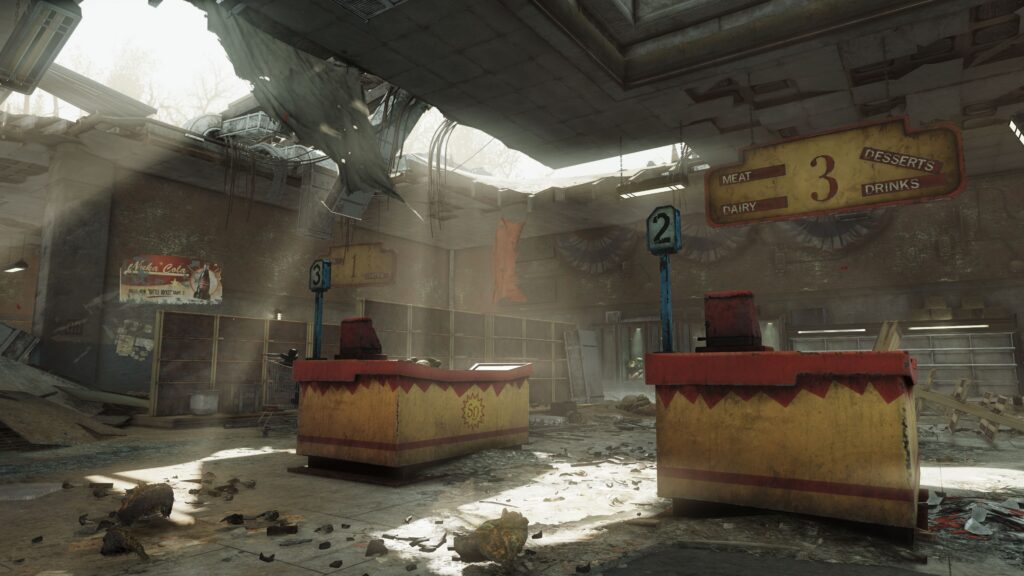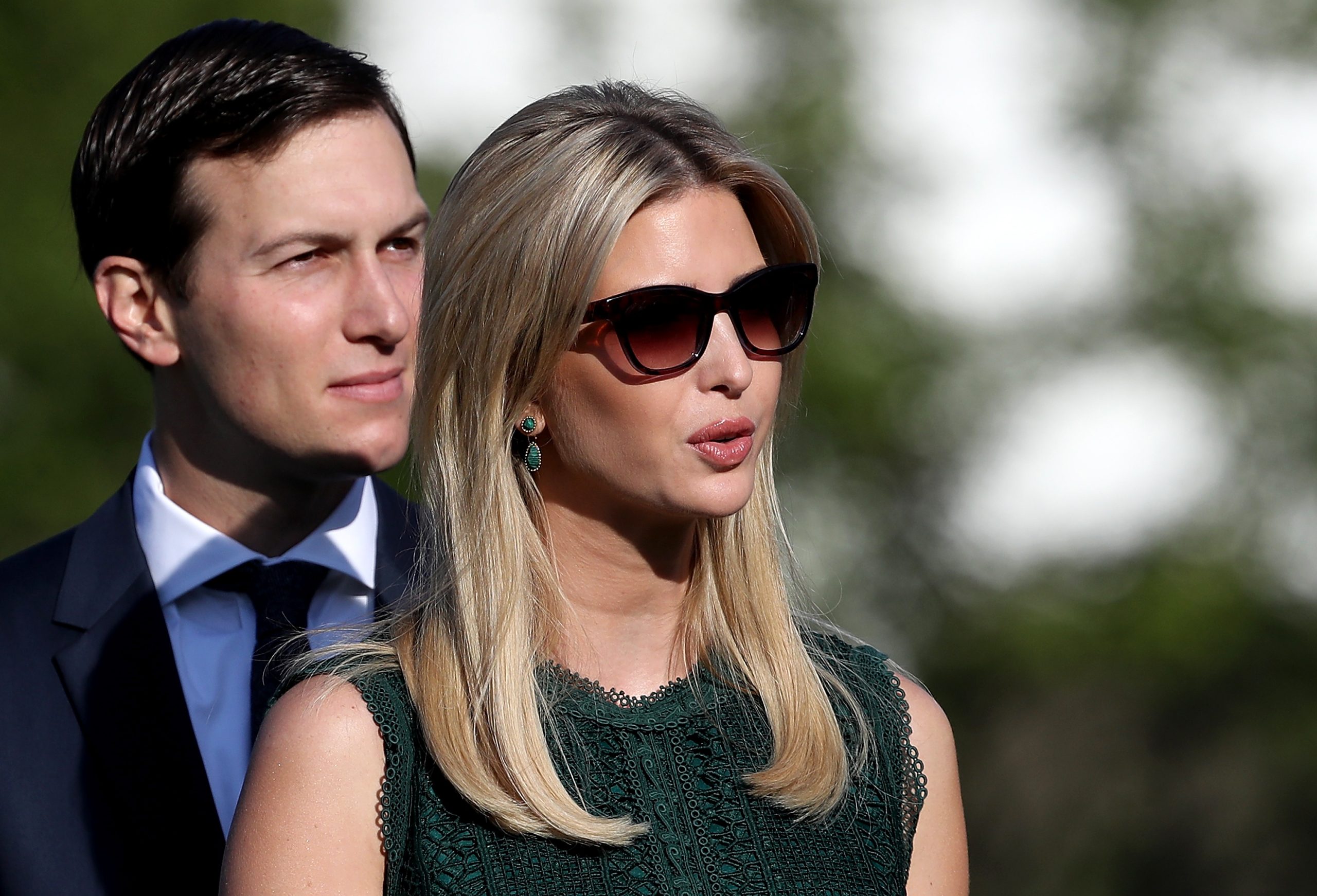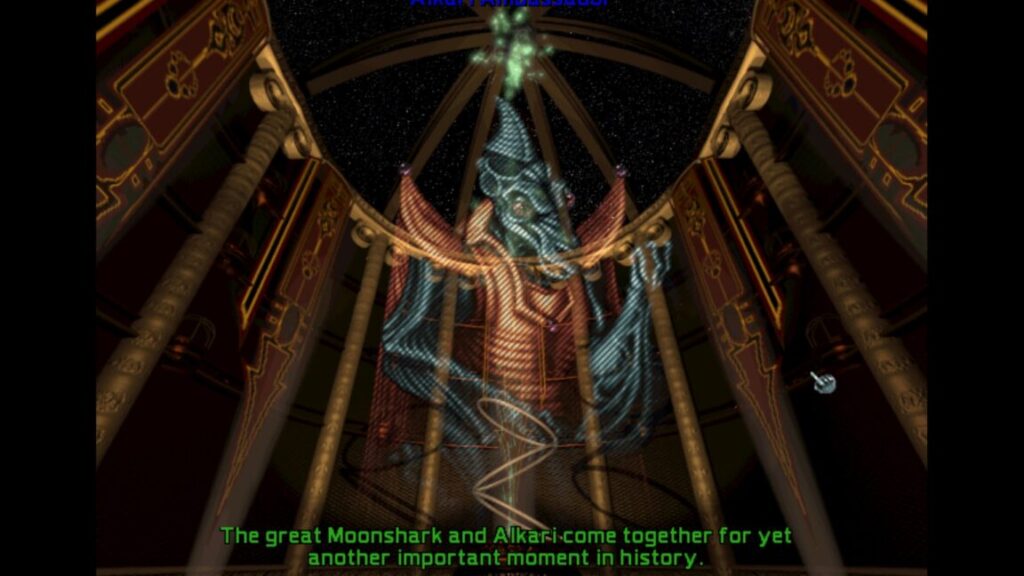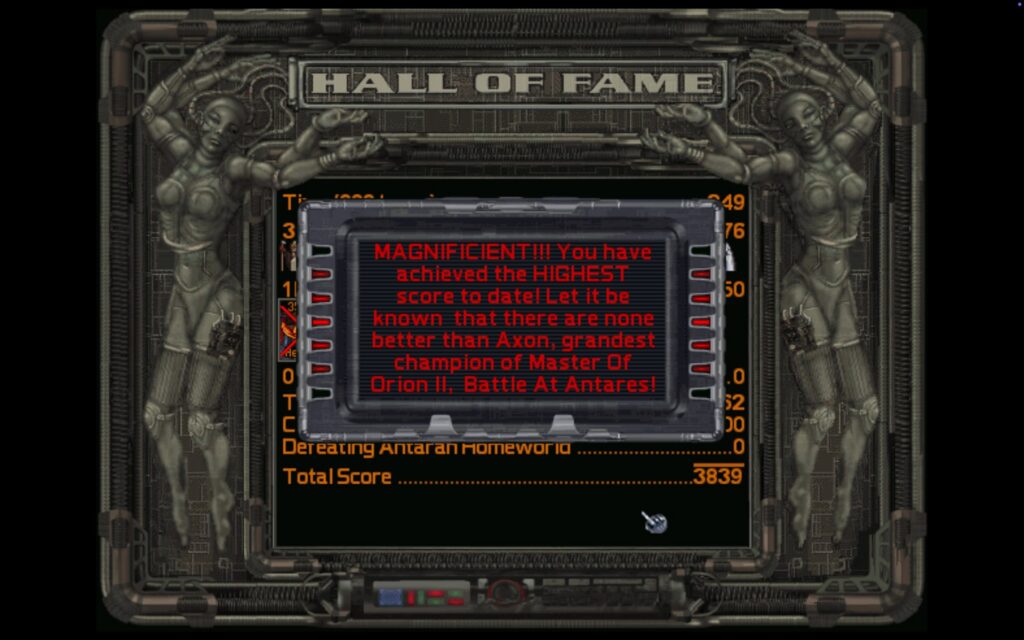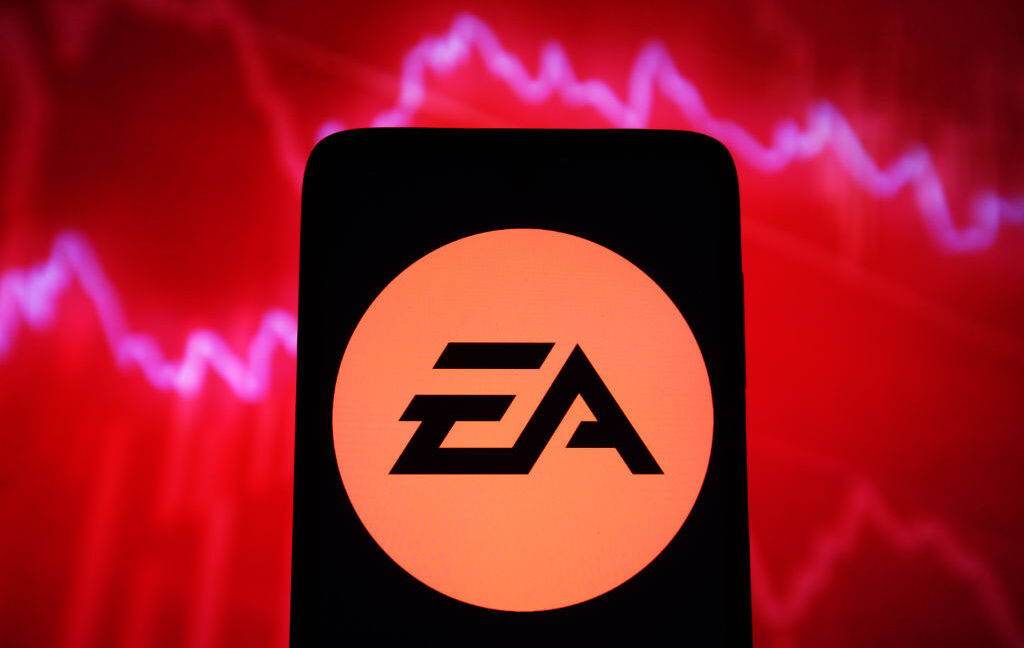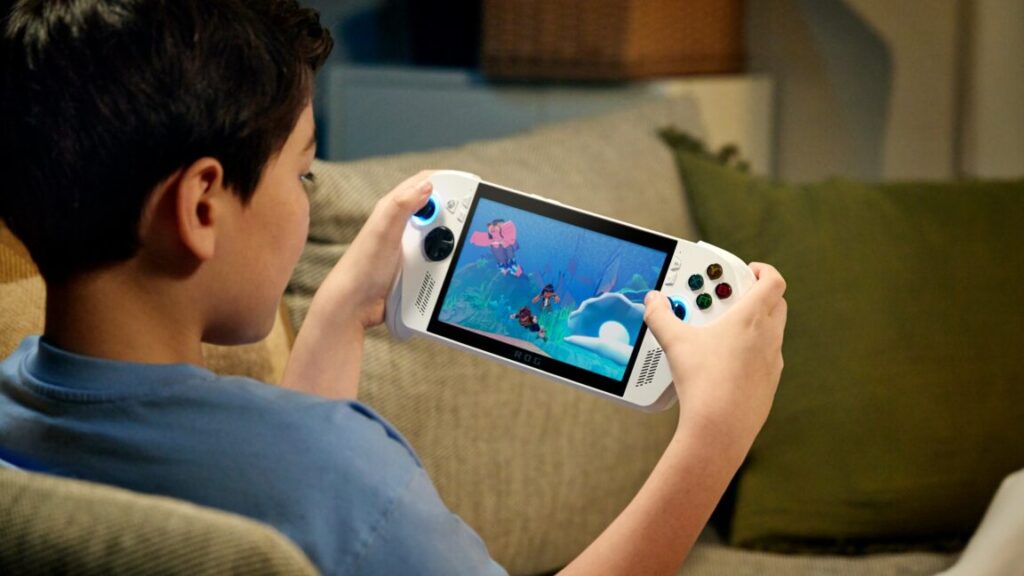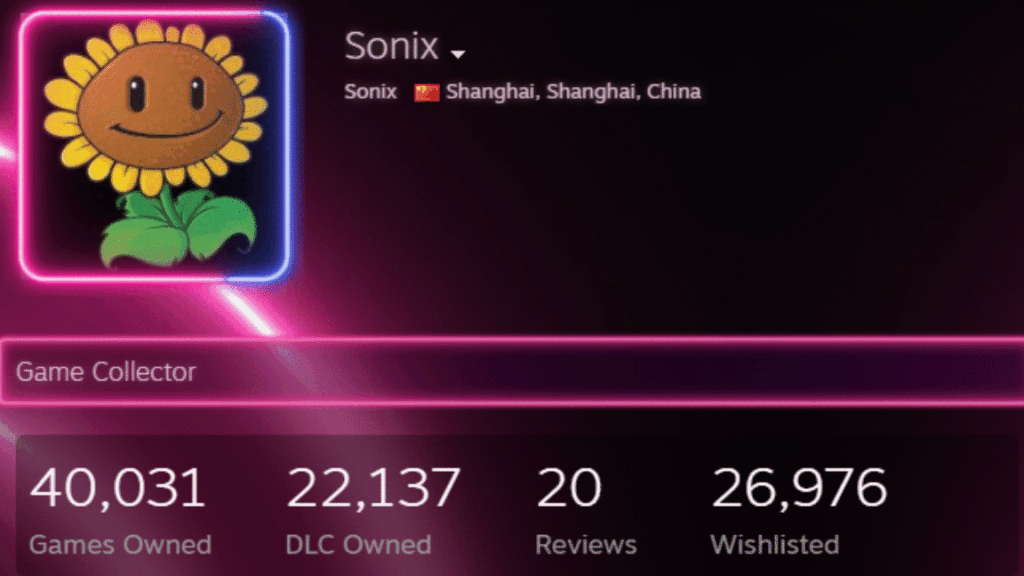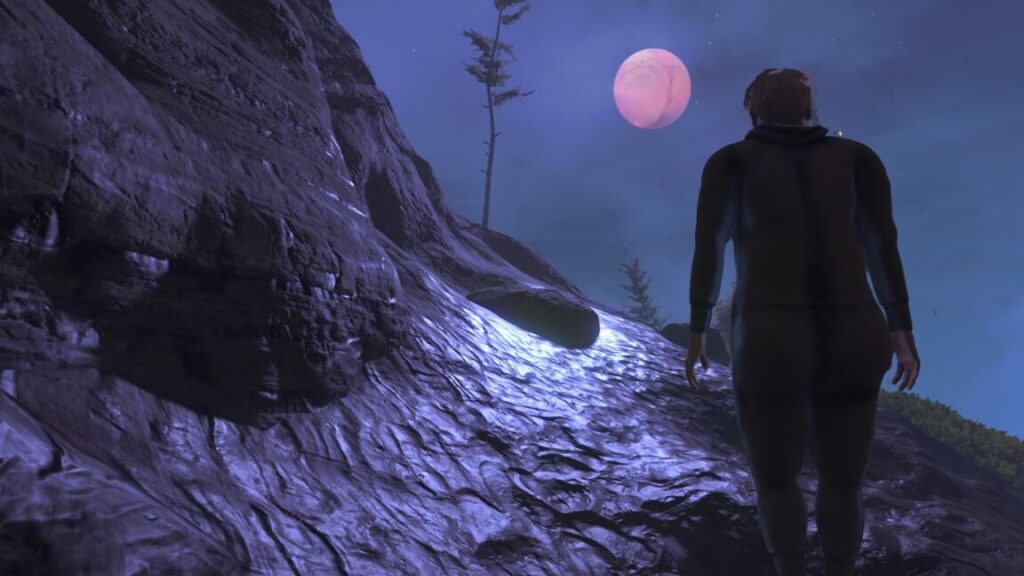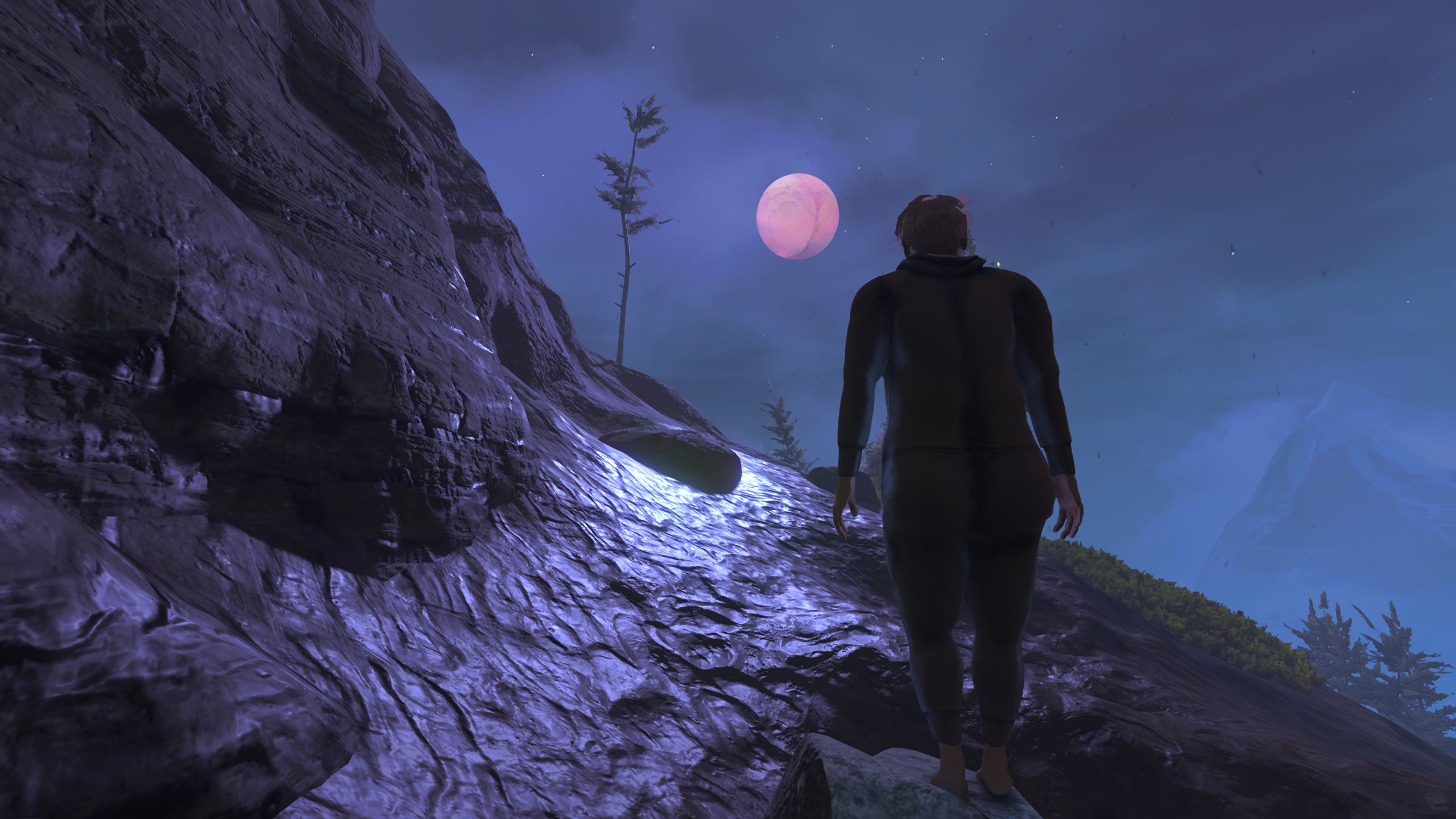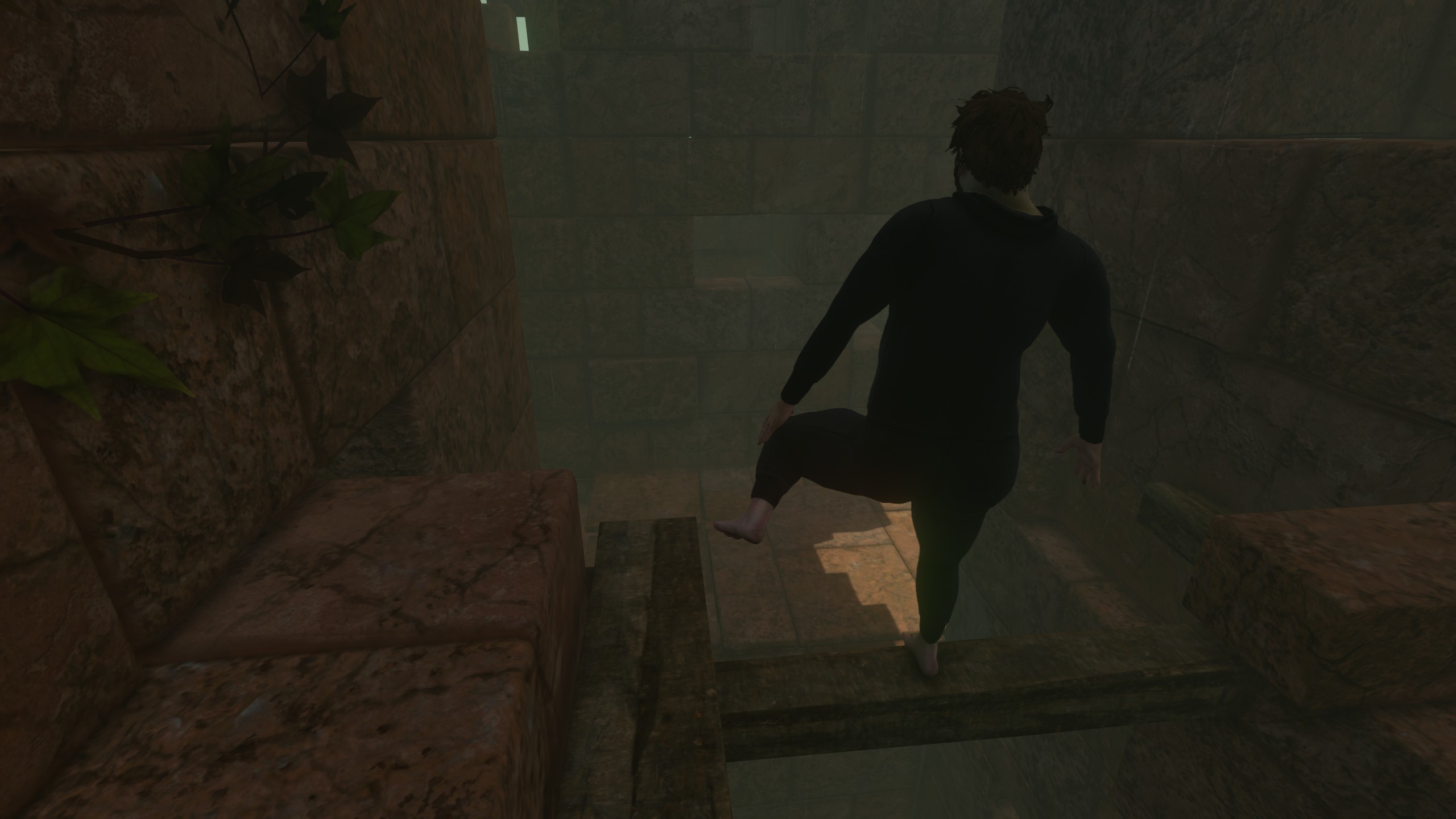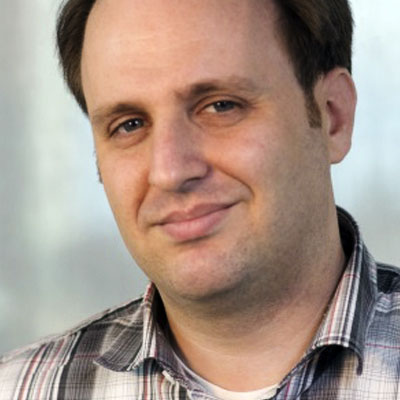Rubik’s Cube gets a $299 update, complete with IPS screens and its own apps
The Rubik’s Cube has been reinvented with more games and many more screens for much more money.
What has long been cherished as a simple toy yet complex puzzle requiring nothing but a healthy amount of twisting, turning, and patience has been rebooted for the 21st century. Naturally, that calls for a few dashes of technology.
Differing from the original Rubik’s Cube, which has six faces that each contain a 3×3 grid, the Rubik’s WOWCube, made available for preorder today, as spotted by The Verge, has six faces with 2×2 grids.
Rather than a solid-colored sticker, each of the toy’s 24 squares is a 240×240 IPS display. The cube itself is composed of eight “cubicle modules,” as Cubios, the company behind the toy, calls them. Each module includes three of those IPS screens and a dedicated SoC. As a Cubios support page explains:
Our patented magnetic connectors allow the modules to maintain perfect electrical contact and seamless data flow between them, no matter how the cube is rotated. This ensures that data can be transferred between autonomous modules on the fly, enabling data sharing and distributing low voltage power across the WOWCube …
Each of the 24 displays can be set to show a solid color for solving a simpler, but still captivating, Rubik’s puzzle. Alternatively, the screens can be twisted and turned to play dozens of different games, including Block Buster, Space Invaders, and Jewel Hunter.
The WOWCube weighs 11.29 ounces. Credit: Cubios
Also part of the toy is a gyroscope, 6-axis accelerometer, and eight speakers. Cubios claims the integrated battery can last for up to seven hours before needing a recharge.
In order to add games or other apps to the WOWCube, you must download the WOWCube Connect iOS or Android app, pair the toy with your phone over Bluetooth, and then use the mobile app to download games onto the WOWCube.
Currently, the WOWCube’s online app store lists 47 games; some cost money to download, and some aren’t available yet. The WOWCube runs its own operating system, dubbed CubiOS, and Cubios (the company) offers a free DevKit.
Rubik’s Cube gets a $299 update, complete with IPS screens and its own apps Read More »

